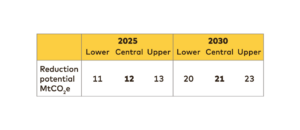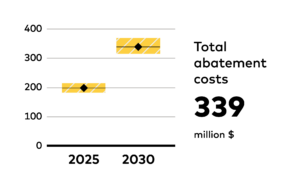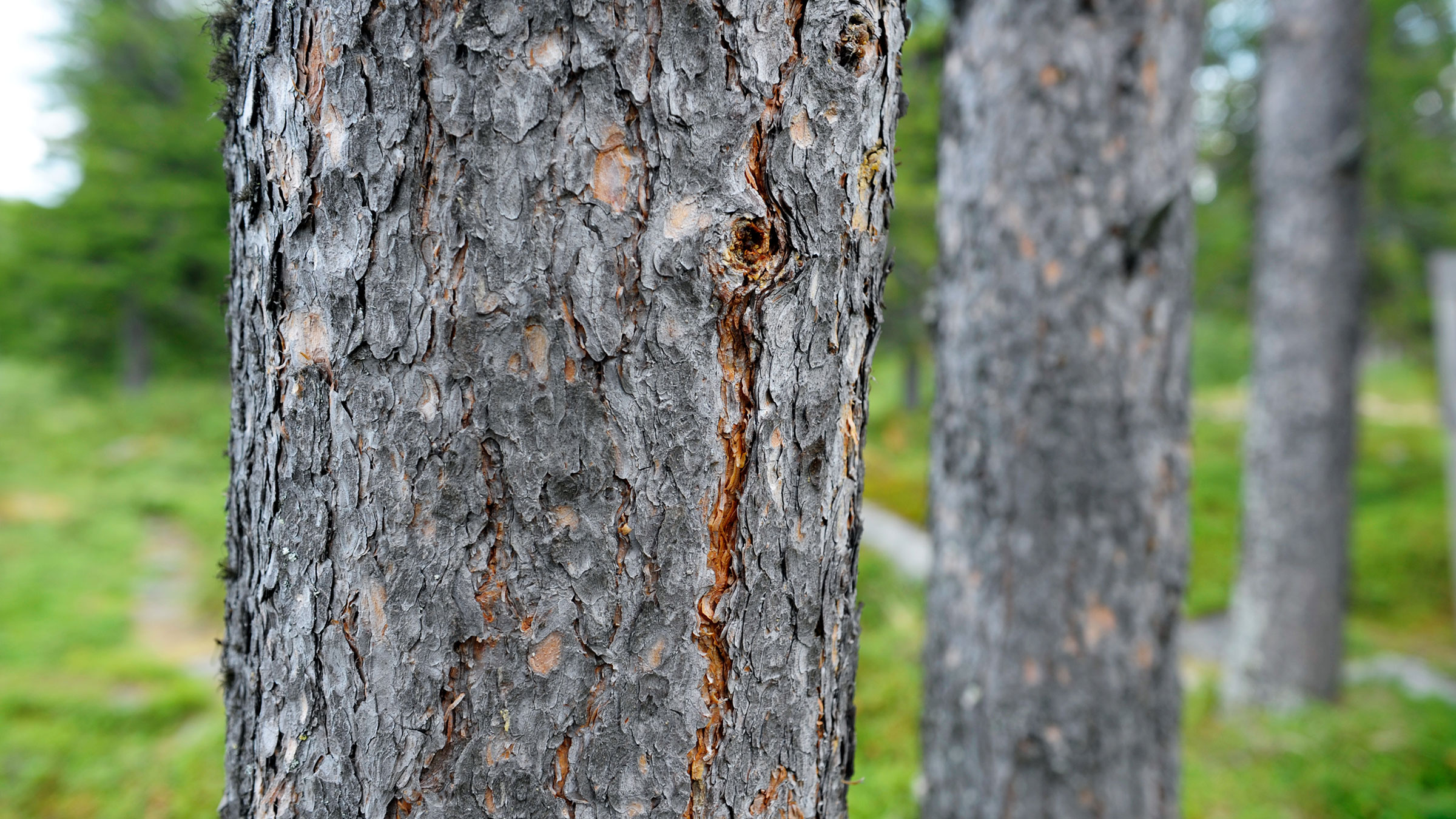Climate impact
Iceland has converted 470 km2 of non-forested land to forest, which constitutes an estimated 1.4% of the land area covered by woods before human settlement in the country. The carbon sink represented by this added forest land is approximately 265 ktCO2 per year.
There is significant potential for afforestation and restoration of degraded lands in the mostly temperate western industrialised countries and former Eastern Bloc countries. If these countries were to reach the Icelandic degree of implementation, this would reduce global emissions by 21 Mt in 2030.


Success factors
Iceland has very little forest cover and large parts of the country are sparsely vegetated. Around 30% of the country was covered by natural woodlands as the country was settled in the late 9th century, but most of it disappeared within the first two centuries of human habitation. Similarly, as much as 40% of the land is believed to have been degraded by soil and vegetation loss after settlement.
Iceland has conducted systematic reforestation efforts after the Second World War. The efforts were ramped up with 4–5 times as many seedlings planted per year in the 1990s and early 2000s. The rate of afforestation decreased considerably after the 2008 financial crisis, but has still been significantly higher than before the 1990s.
Most reforestation has taken place through state support for afforestation on farms and other privately owned land. Current Icelandic policies aim for the afforestation of at least 5% of all land located less than 400 metres above sea level with various regional projects.
Iceland also has an extensive programme to battle soil erosion and reclaim and restore degraded land. The Soil Conservation Service of Iceland was founded for this purpose and a land restoration training programme was launched in 2007. In addition, there is increasing focus on restoring wetlands that have previously been drained for pasture and agriculture.
“Iceland aims to afforest 5% of land less than 400 metres above sea level.”
Costs
We have used abatement costs of 17.0 $/tCO2 for reforestation and 12.4 $/tCO2 for degraded land restoration, with a weighted average of 16.2 $/tCO2. The resulting total abatement cost is $339 million in 2030.


Co-benefits
Restoring degraded lands can provide multiple co-benefits. They include various ecosystem services, such as
- preventing erosion
- protecting from extreme weather
- sustaining biodiversity
Barriers and drivers
The greatest barriers to reforestation are likely to be alternative land uses with higher perceived economic value. In particular, any measure which requires encroaching on crop land or pastures may face opposition. Programmes can address the issue by primarily targeting degraded lands, which typically have little economic value in their current state.
Since reducing soil erosion is likely to benefit local land owners in the medium and long-term, information campaigns may be important. Further, economic compensation for reforestation and payments based on the amount of standing biomass will help, if land owners do not already have a financial incentive to plant trees or vegetation. An example of pioneering incentives for land owners is the payment for ecosystem services system in Costa Rica.
In the relatively developed target countries, large-scale illegal logging and other contravention of government policies are unlikely to be a major problem. If the solution were extended to developing countries, measures would need to be introduced to ensure monitoring and enforcing policies.






RELATED SOLUTIONS